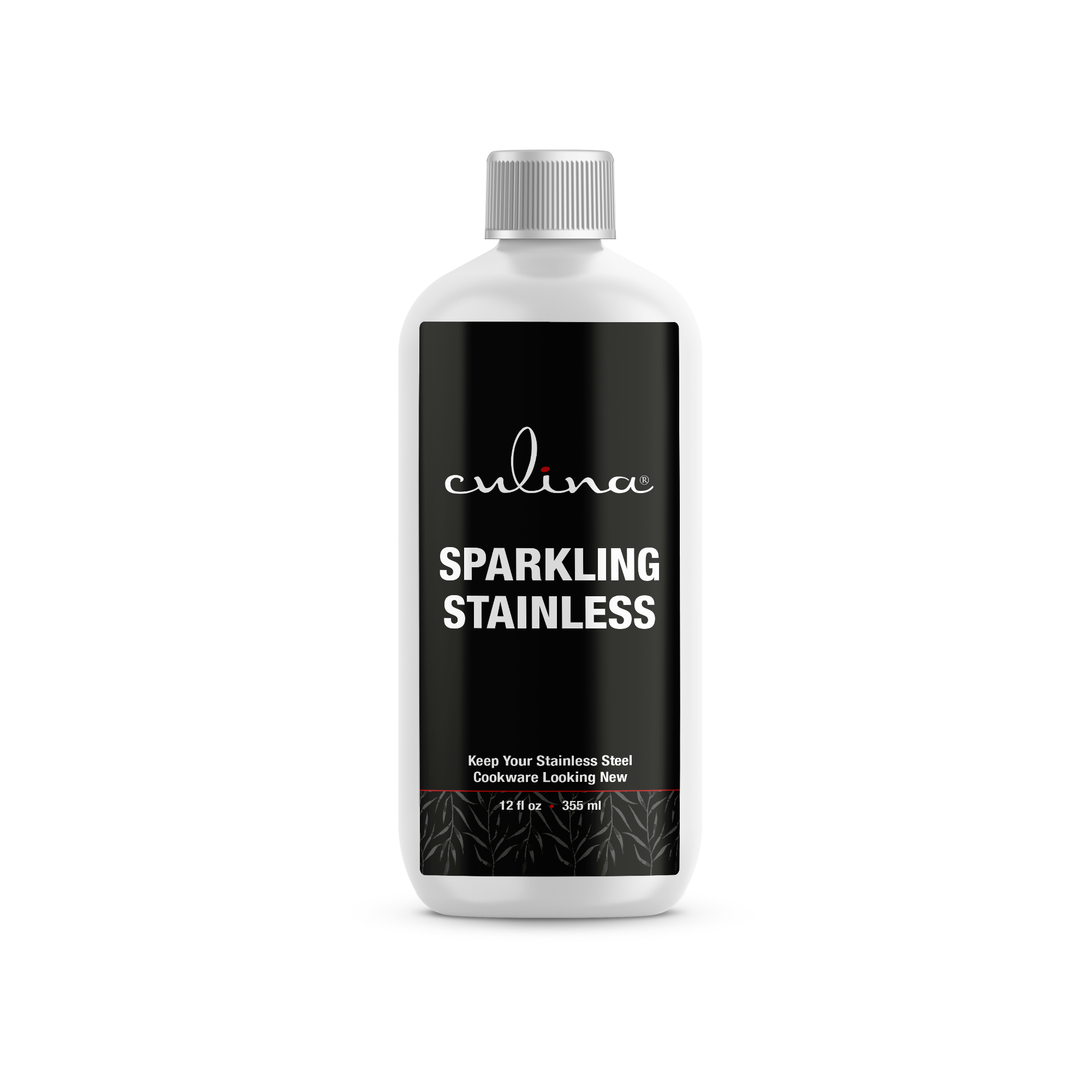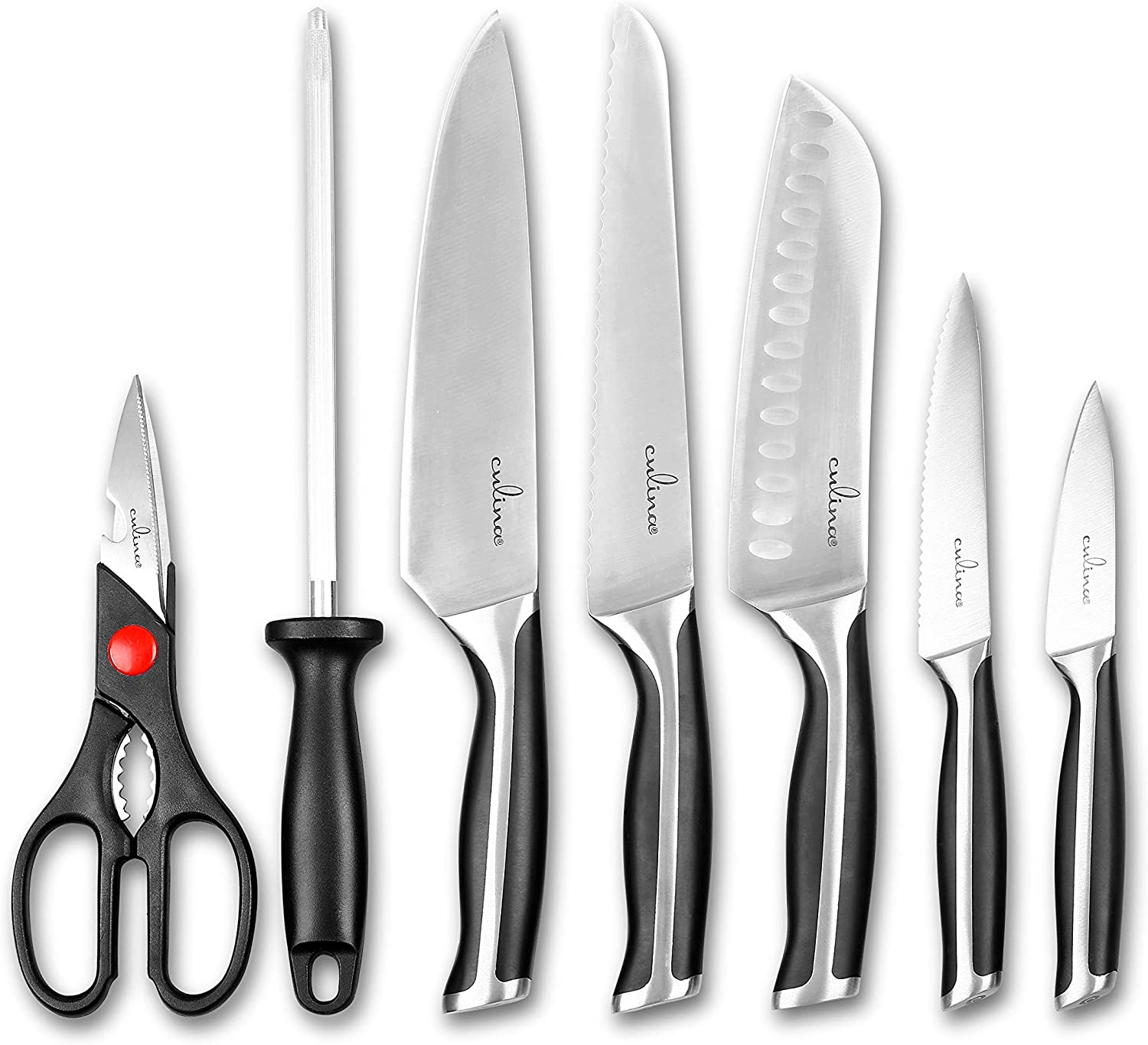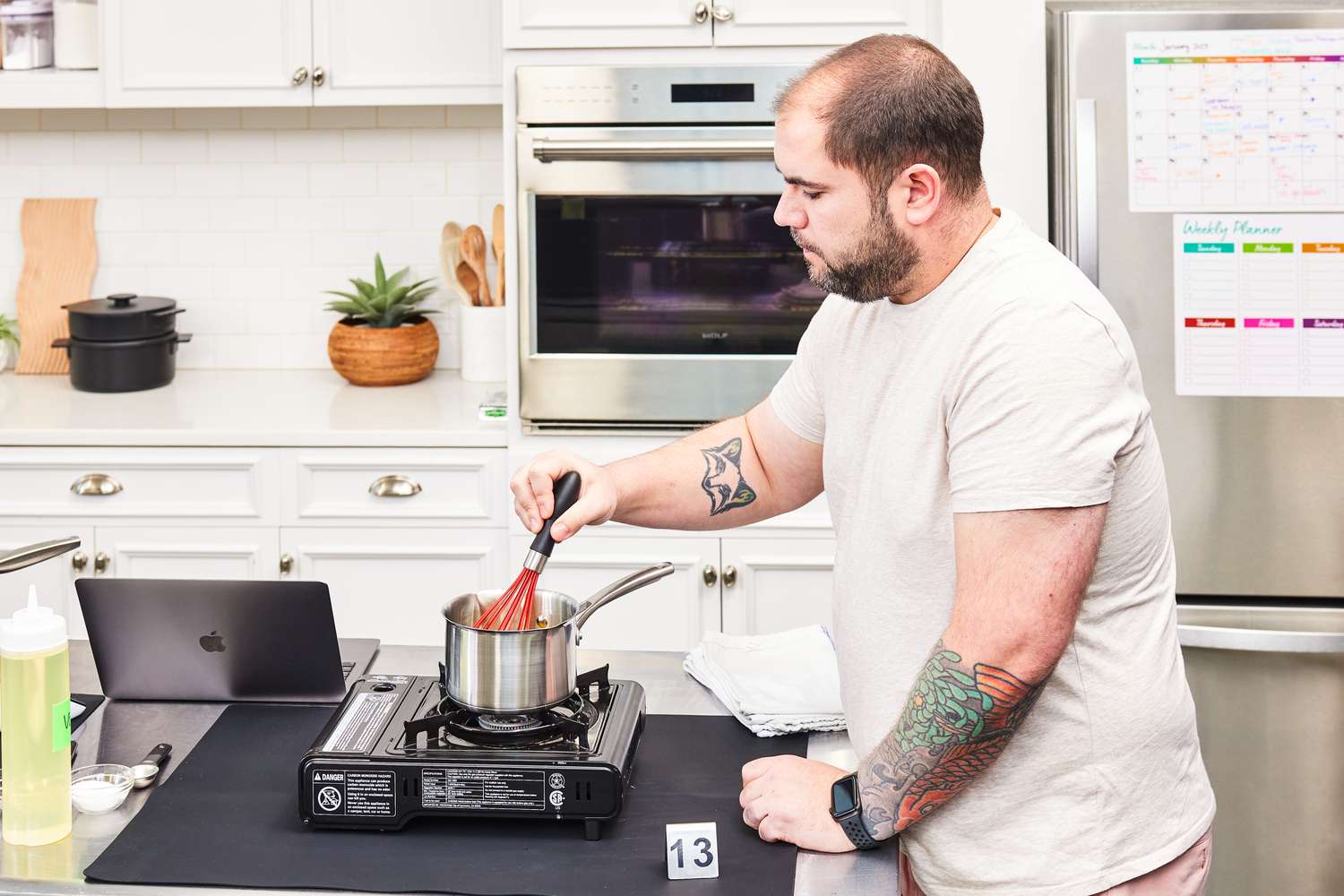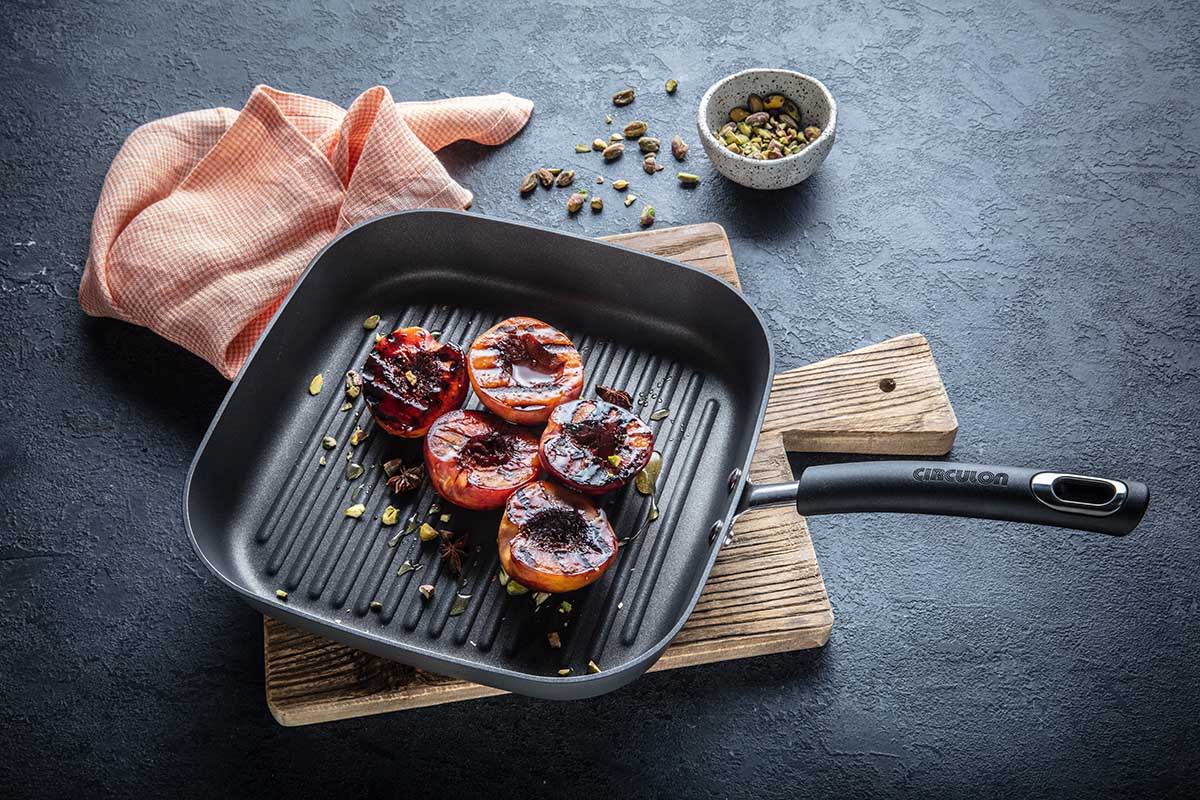Cleaning a blackened saucepan can often feel like an impossible task, especially for kitchen professionals who rely on their cookware for various dishes. However, knowing how to clean a blackened saucepan effectively can not only enhance the longevity of your kitchen tools but also maintain the quality of your culinary creations. In this guide, well delve into practical methods, tips, and tricks for reviving your tarnished saucepans.
When saucepans become blackened, it often results from burnt food residue, which can be challenging to remove. But dont despair; even the most damaged cookware can be salvaged with the right techniques and products. Read on to unlock the secrets of efficient cleaning for blackened saucepans!

Understanding the Causes of Blackened Saucepans
Before diving into the cleaning process, it's essential to understand the reasons behind a blackened saucepan:
- Excessive Heat: Cooking at too high a temperature can lead food to stick and burn.
- Long Cooking Times: Leaving food unattended can create burnt residue.
- Improper Use of Utensils: Using metal utensils can scratch the surface, leading to discoloration.

Tools and Materials Needed
When preparing to clean a blackened saucepan, gather the following tools:
- Baking Soda: A natural abrasive that helps remove stains.
- Vinegar: Acetic acid works effectively on discoloration.
- Dish Soap: A general cleaner that removes grease.
- Scrubbing Pad: Soft pads are best to avoid scratching.
- Water: Essential for rinsing and mixing cleaning solutions.

Step-by-Step Guide to Cleaning a Blackened Saucepan
Method 1: Baking Soda Paste
One popular method to clean a blackened saucepan involves creating a baking soda paste. Heres how:
- Mix enough baking soda with water to form a thick paste.
- Apply the paste generously onto the blackened areas.
- Let it sit for at least 30 minutes to penetrate the stains.
- Scrub gently with a soft pad and rinse with warm water.
Method 2: Vinegar and Water Soak
An alternative method uses vinegar, which is particularly effective:
- Fill the saucepan with equal parts of water and white vinegar.
- Bring the mixture to a gentle boil, then remove from heat.
- Allow it to cool before scrubbing the interior.
- Rinse thoroughly with hot water.
Method 3: Dishwasher Detergent
If you're in a hurry, you can utilize dishwasher detergent:
- Sprinkle a tablespoon of dishwasher detergent into the blackened saucepan.
- Add hot water and mix well.
- Allow it to soak for an hour, then scrub and rinse.

Maintenance Tips for Preventing Future Stains
To keep your saucepan looking new:
- Always cook on lower heat settings.
- Use wooden or silicone utensils.
- Regularly clean your pans after each use to prevent buildup.
Frequently Asked Questions
Can I use steel wool to clean my saucepan?
Its not recommended, as steel wool can scratch and damage the surface of your saucepan. Instead, opt for softer scrubbing pads.
What should I do if the stains persist after cleanup?
If blackened stains remain, repeat the cleaning method or try a commercial cleaner specifically designed to restore cookware.
Is it safe to use bleach on a blackened saucepan?
Bleach is not safe for cookware and should be avoided as it can damage the surface and contaminate food. Stick to natural cleaning methods.
For further insights into the use of saucepans and culinary techniques, check this handy guide.
As an Amazon Associate, I earn from qualifying purchases.





Leave a comment
This site is protected by hCaptcha and the hCaptcha Privacy Policy and Terms of Service apply.